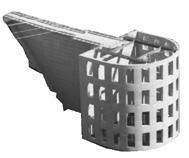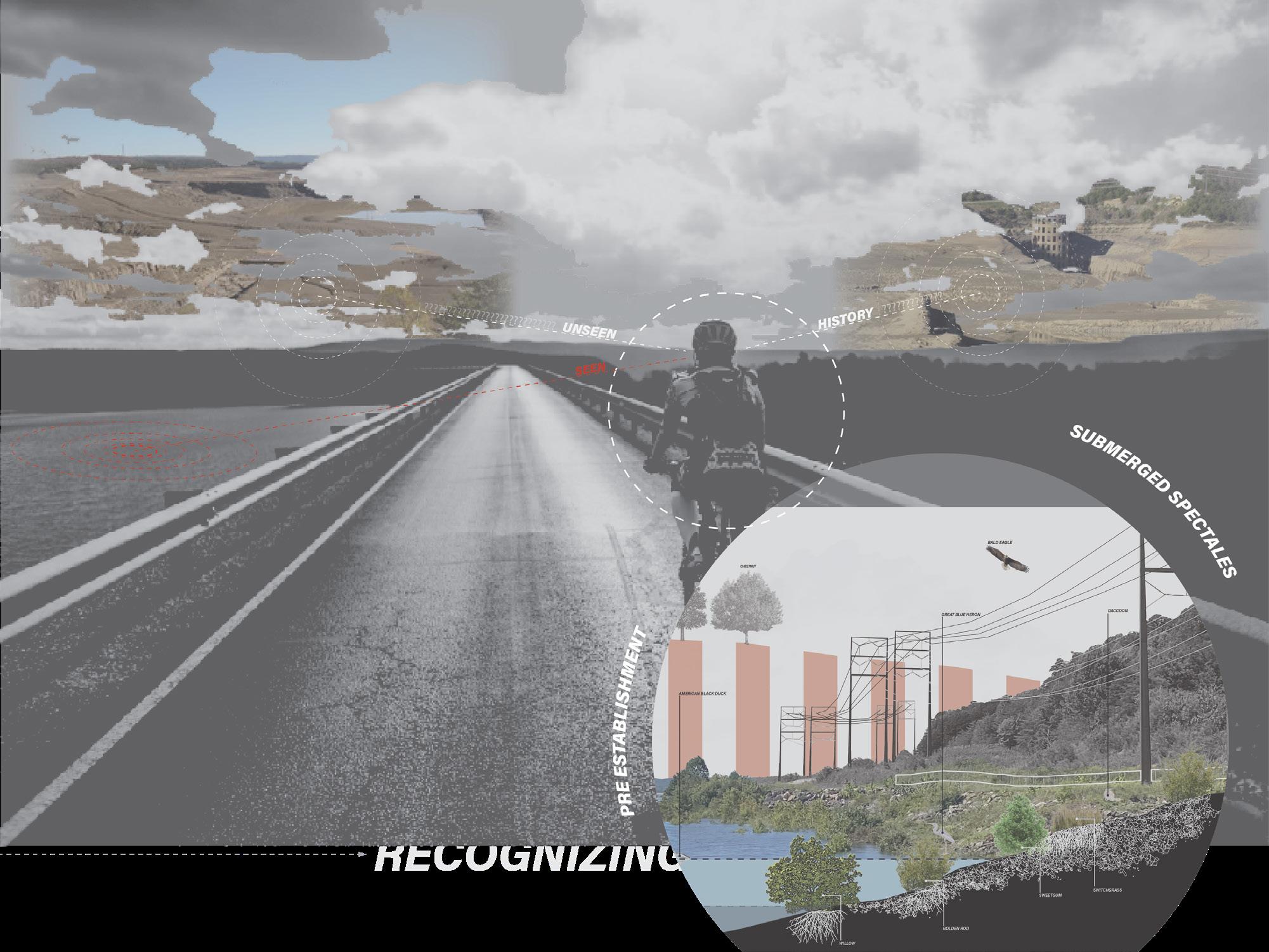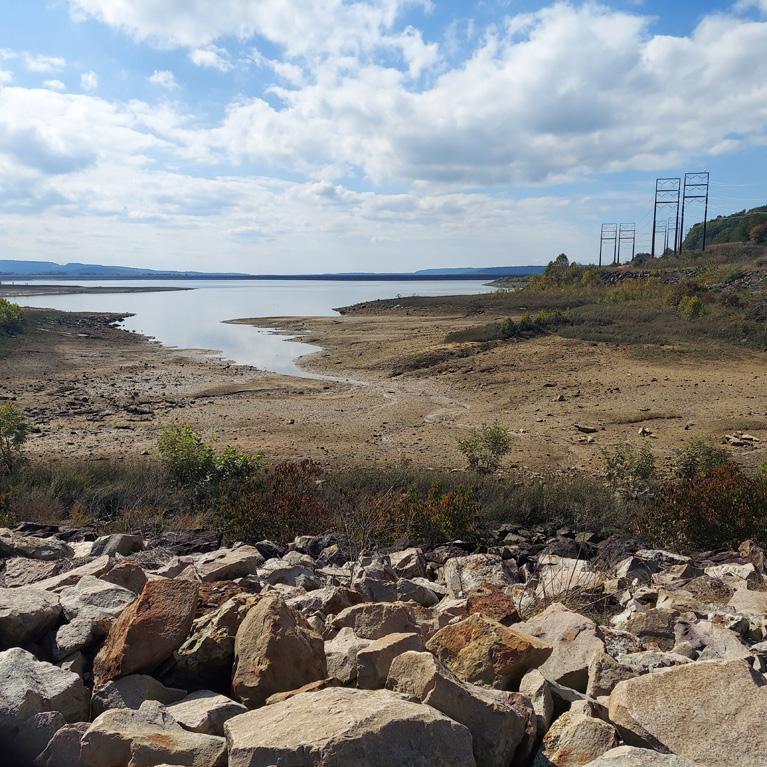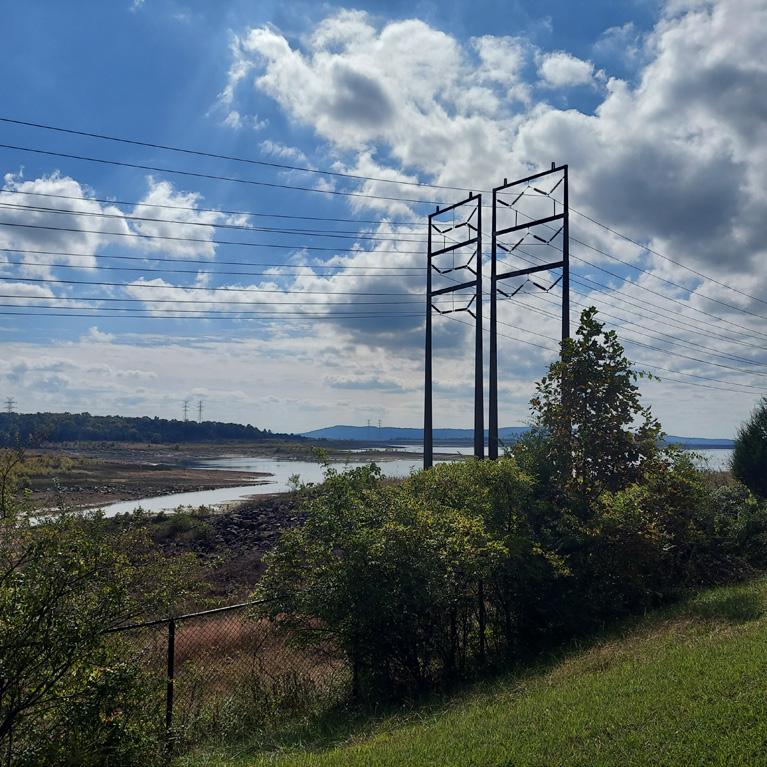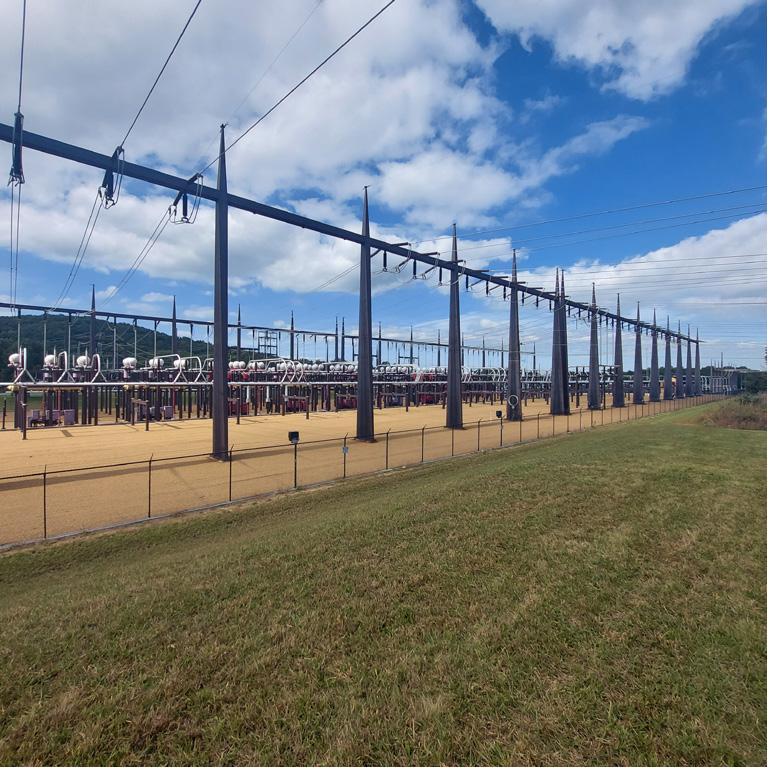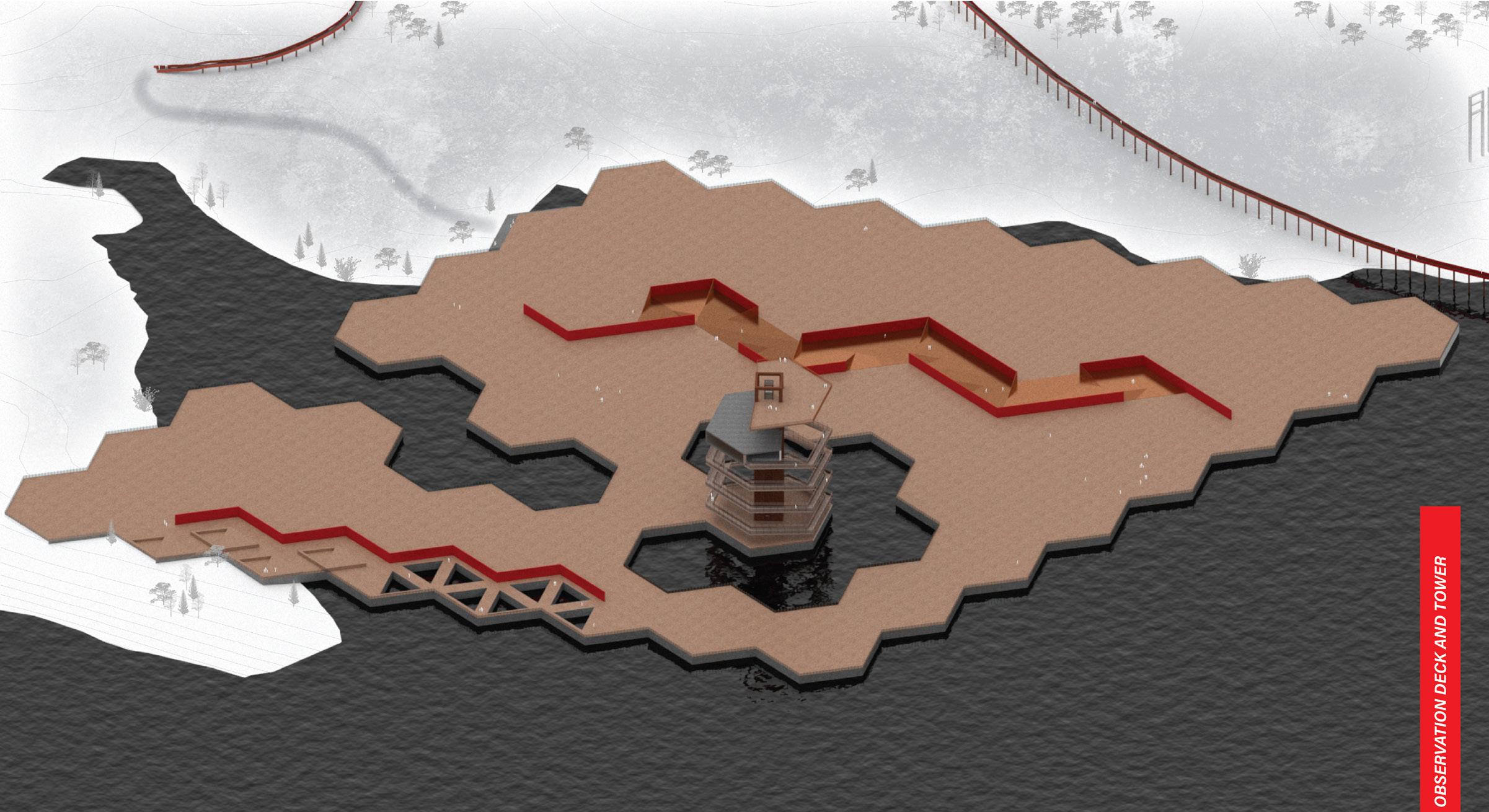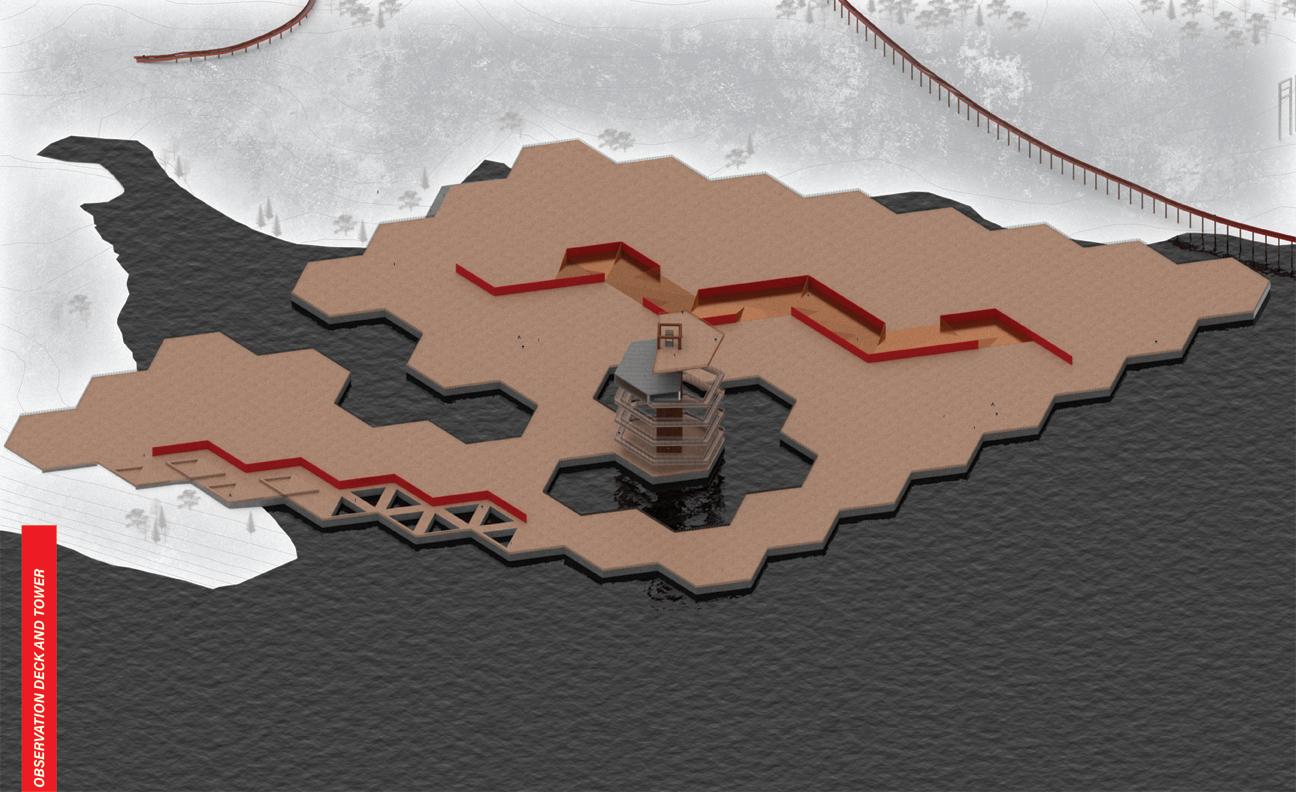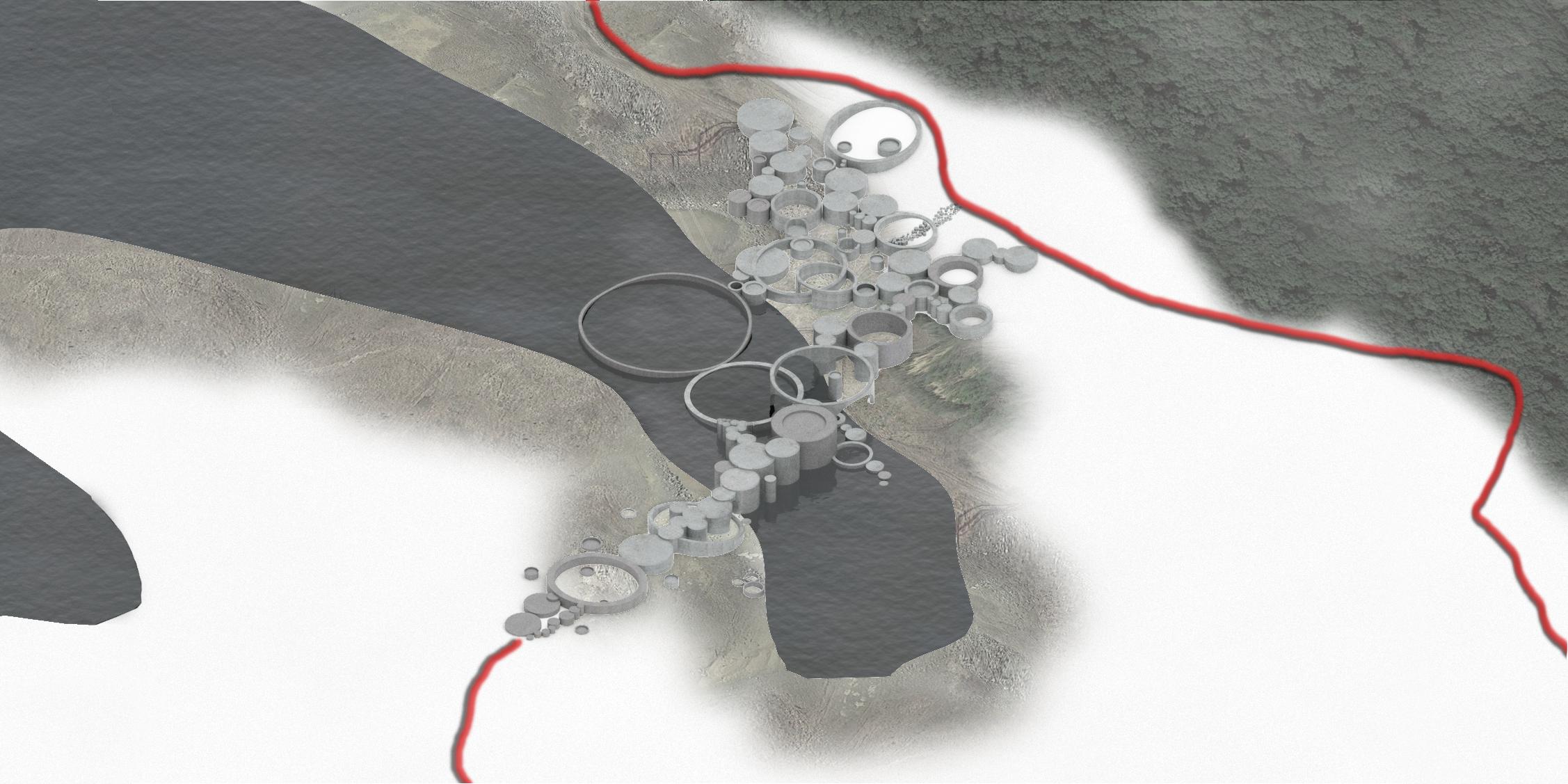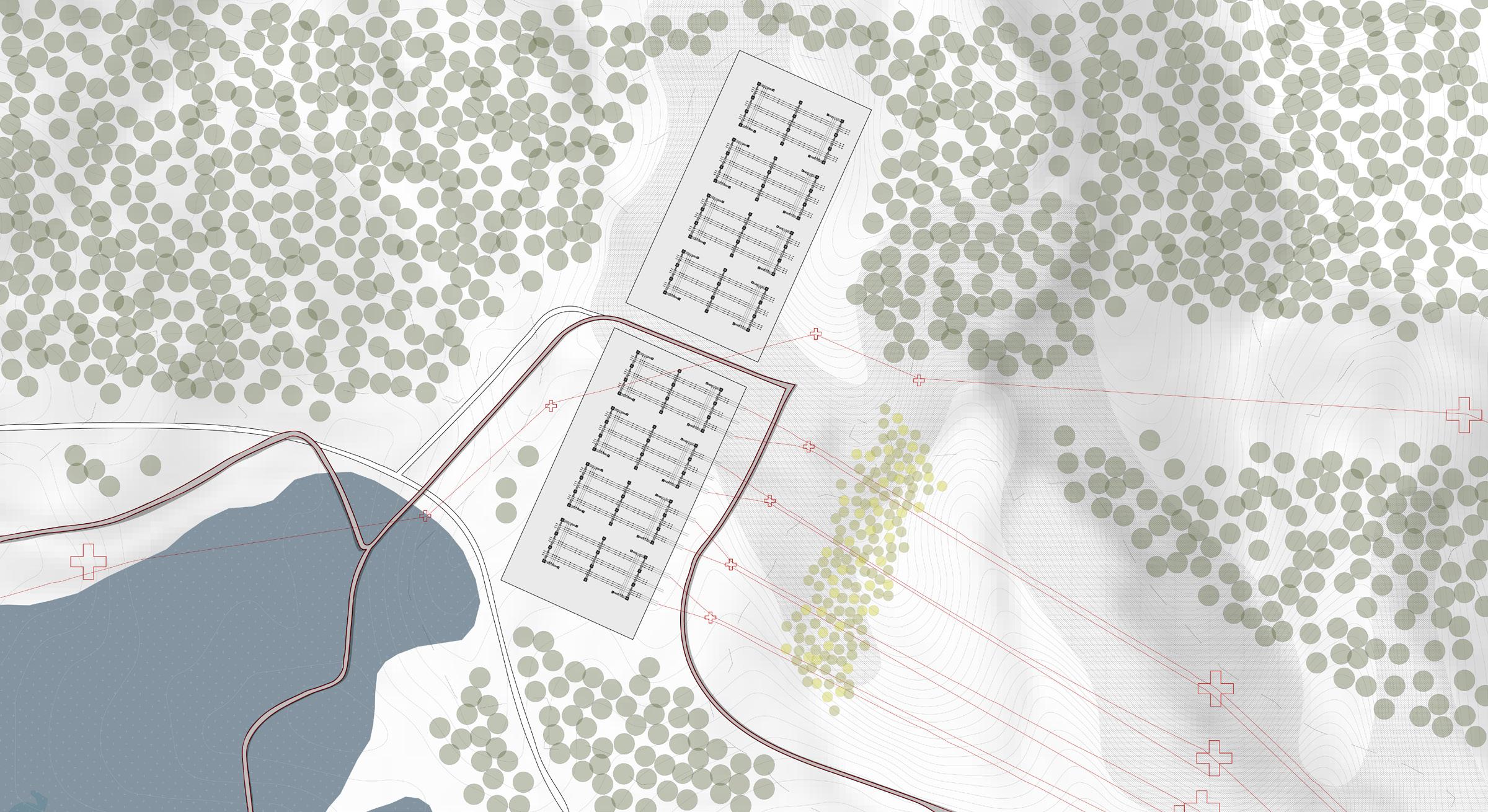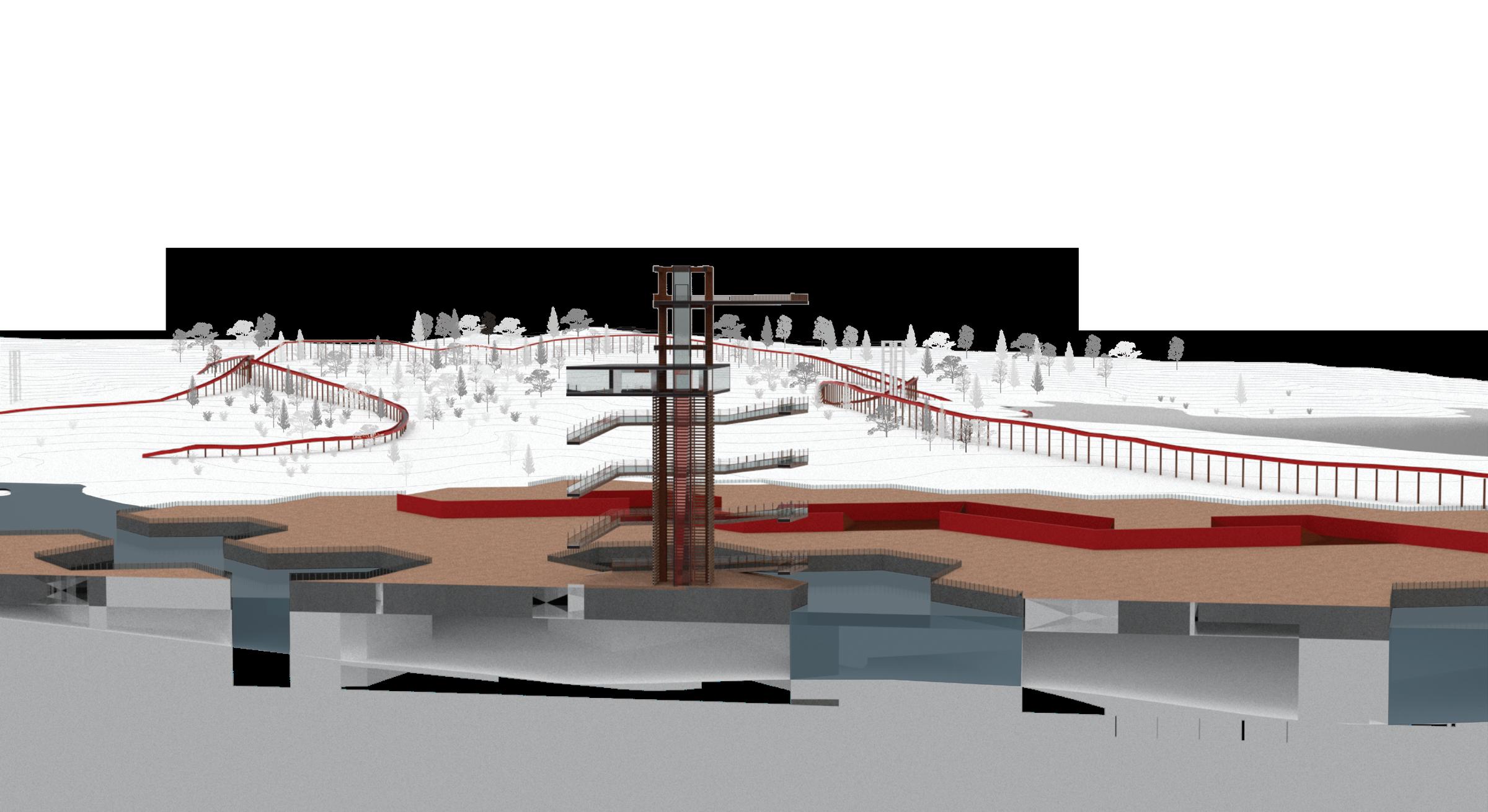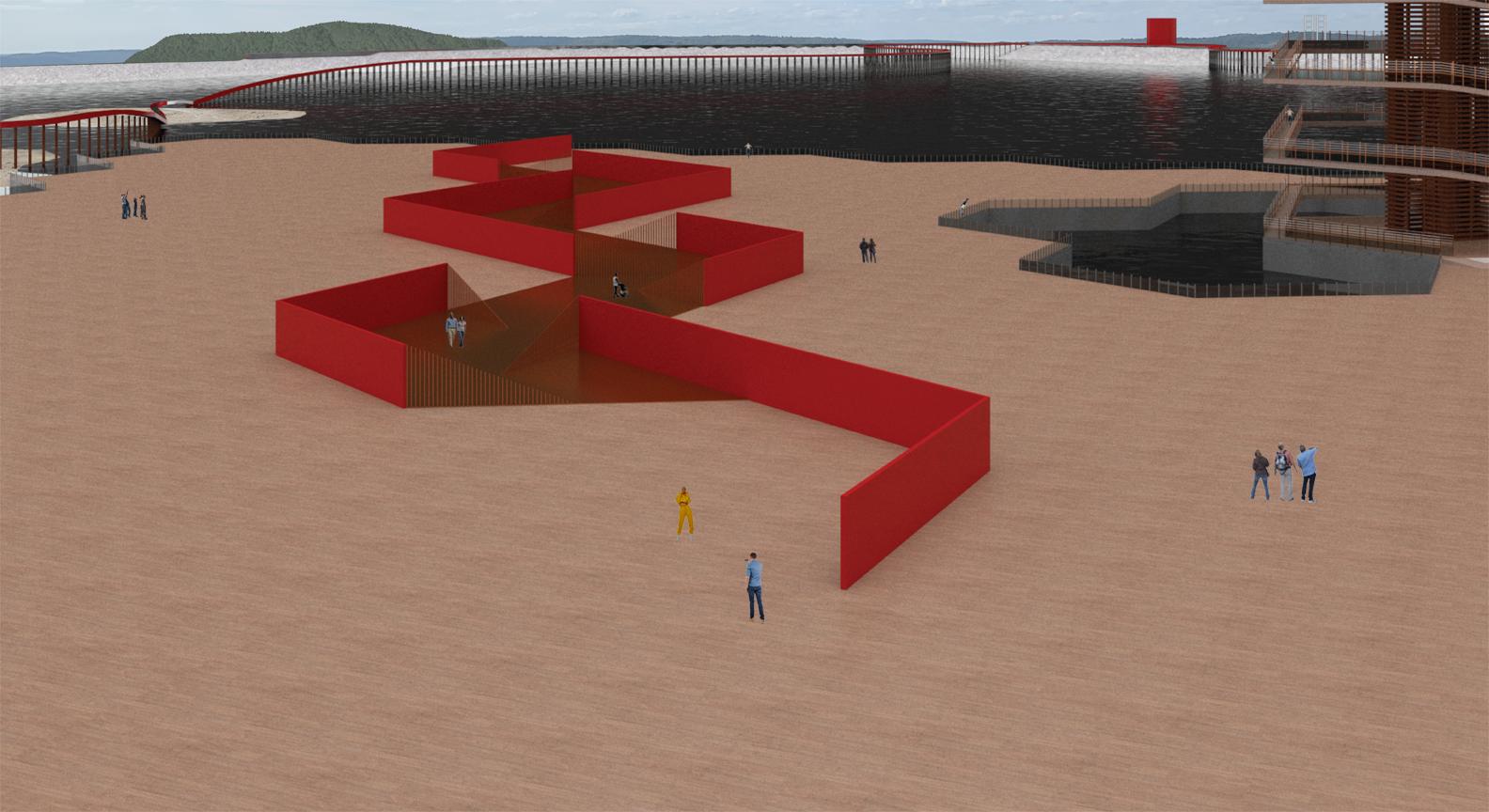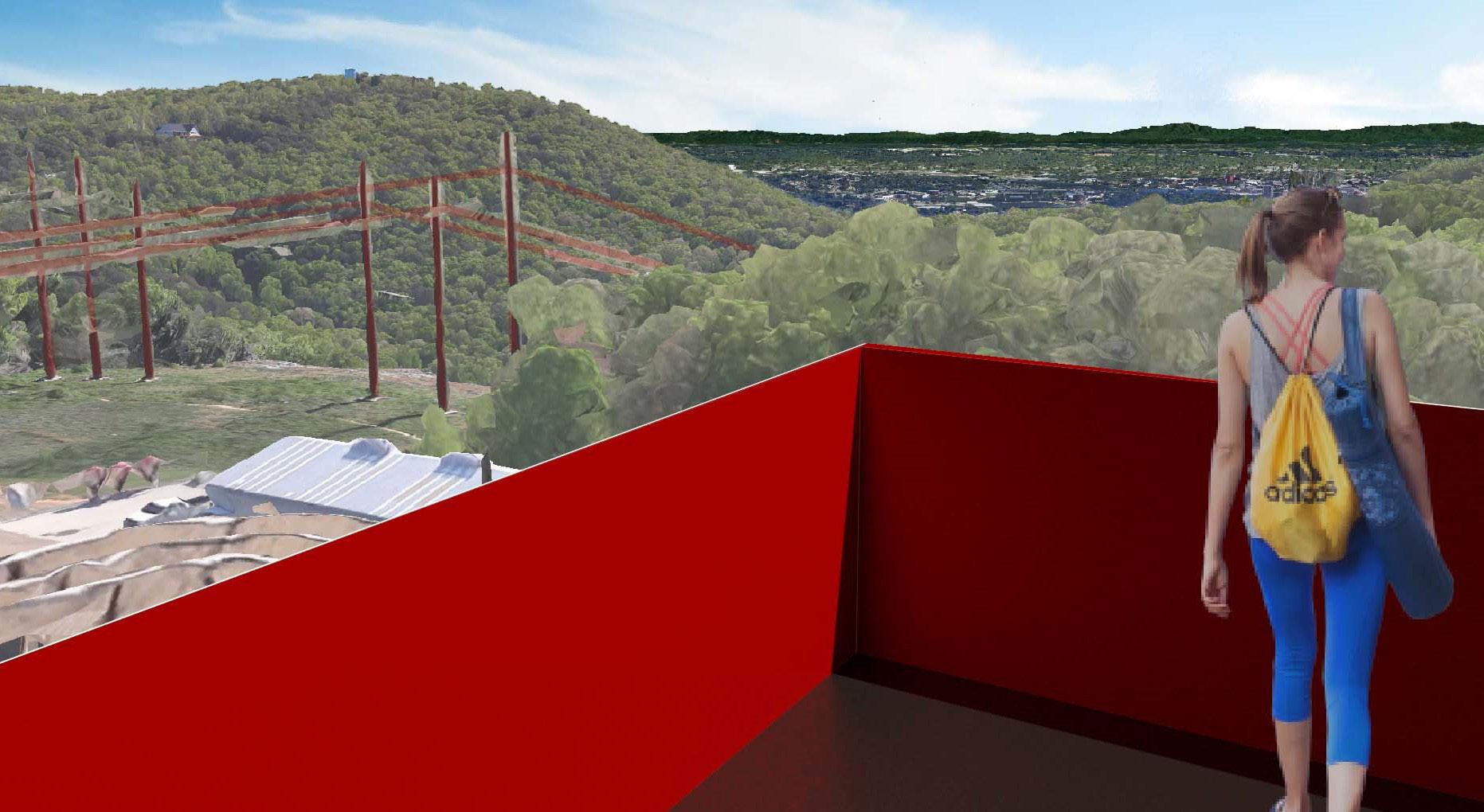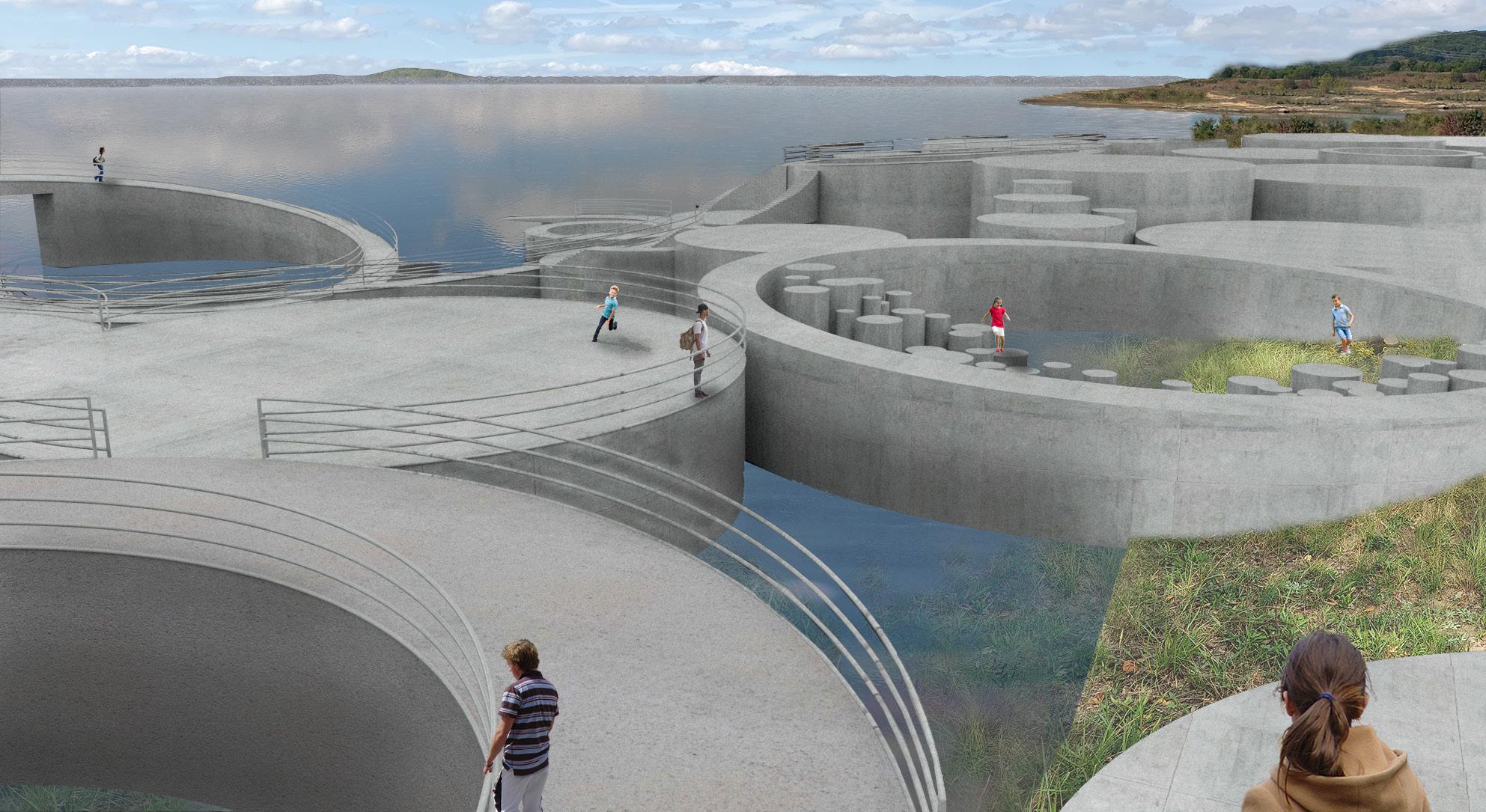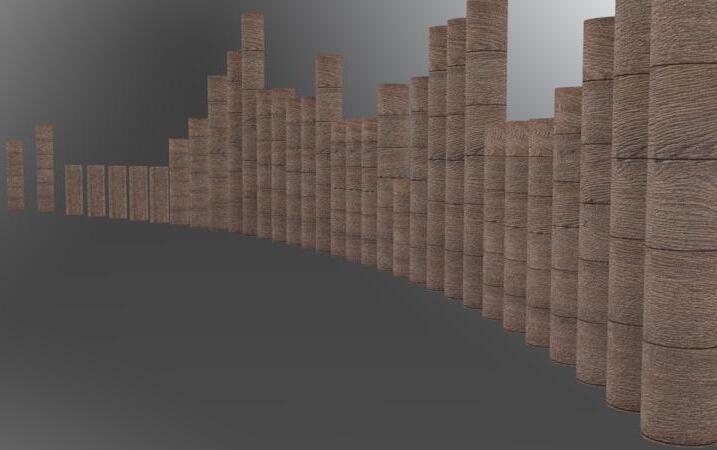
























MLA LANDSCAPE ARCHITECTURE
UNIVERSITY OF TENNESSEE KNOXVILLE
DESIGN PORTFOLIO







Alexander Holloway was born in west Tennessee where he grew up in Memphis for his adolescence. Since the seventh grade, he verbally claimed that he wants to be an architect. Art became an interest at a very young age where his passion followed drawing mostly. At the time, it was hard to say what architecture was about or how it gets done but for all those years, the desire for it sustained and became a great opportunity to enroll at the University of Tennessee, Knoxville for the College of Architecture and Design. Here is where landscape architecture was introduced where he learned about the importance of the interrelations between land and structure. His infatuation with movies, tv shows, media, and the fine arts led him to pursue a bachelors degree in architecture and later a masters in landscape architecture. Alex studied classical music from the fourth through twelfth grade where constant exposure of the fine arts was imminent.
University of Tennessee, Knoxville
College of Architecture and Design
Bachelor of Architecture | Class of 2021
After traveling to Las Vegas, NV to compete in a national competition for the arts, Alexander was exposed to alot of bold, captivating designs that not only influenced his decision making but reinforced his aspirations. Design has been and will continue to be a tool he uses to improve the health and well-being of others. His long term goal is to start his own practice after first seeking further professional knowledge.
Masters of Landscape Architecture | Graduation 2022








Ocala National Forest is the set location for this project. At the center lies an active naval bombing range that we used as an investigative process to evaluate the effects of bombing exercises, timbering regimes, and prescribed burns in relation to wildlife habitat and behavior. Then the project shifted gears becoming more about addressing the coastal the effects of urban expansion caused by coastal climate refugees. The proposal reaches a somewhat geological scale with the intervention of robust, man-made dunes to protect the city from wild fires. The byproducts of the design proposal involves the cohesion of animal movement and urban development.
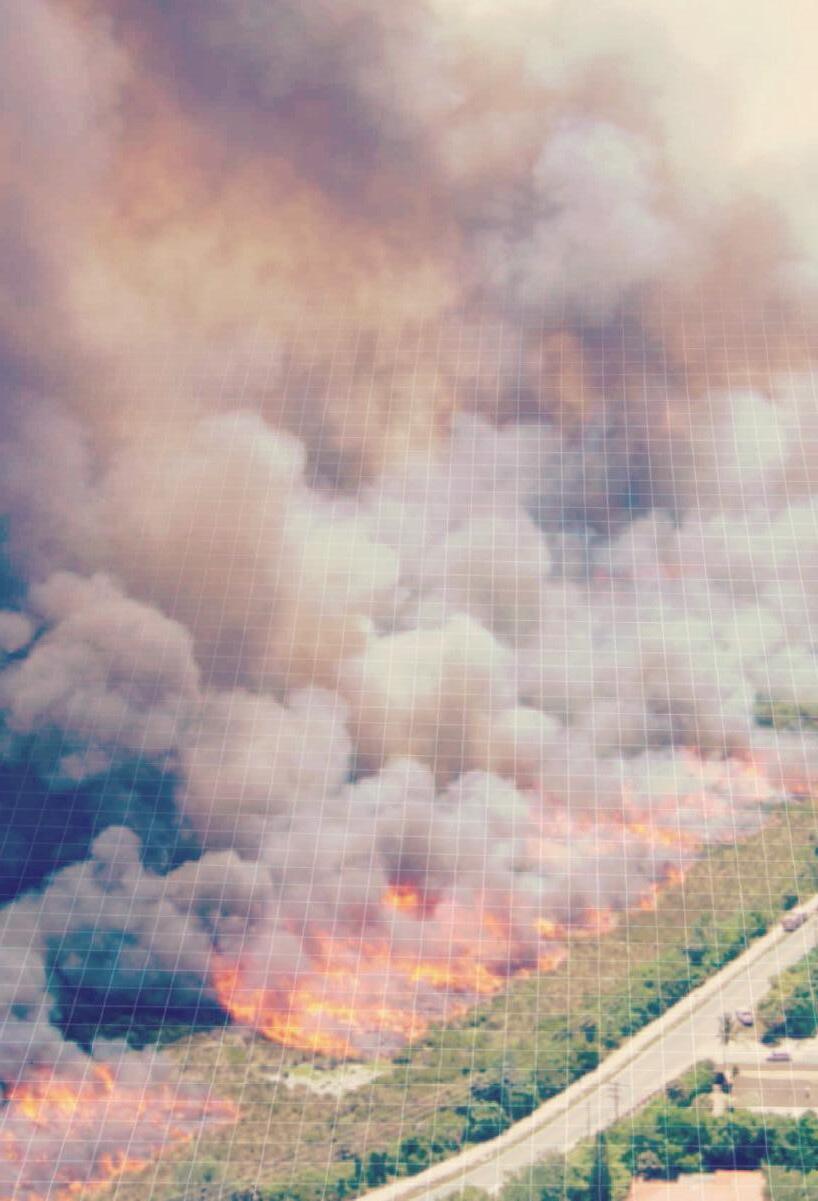
[DESIGN ANALYSIS]
The site exists in a pine scrub ecosystem and the main agents or fauna are the gopher tortoise, bald eagle, and black bear. Urban expansion is inevitable and there is an active naval bombing base in the middle of this
[DESIGN INTENT]
To curate and create cohesion between unique landscape intervention, popular animal species occupying the general area, and urban expansion.

































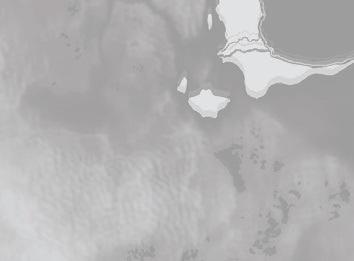

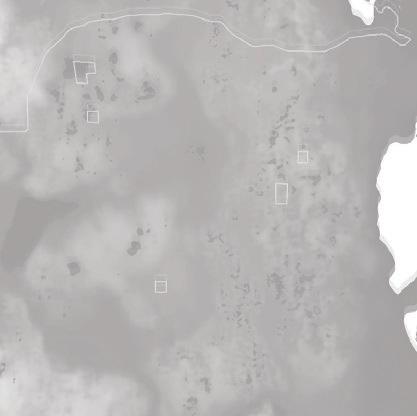






























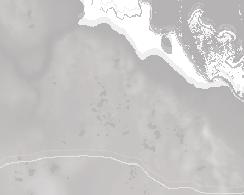










































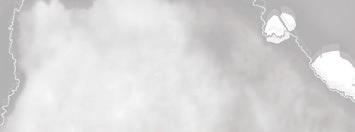























































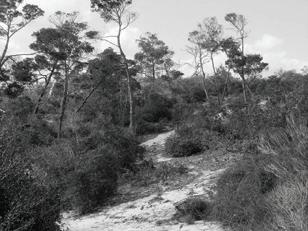
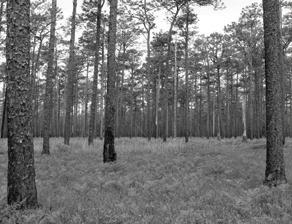

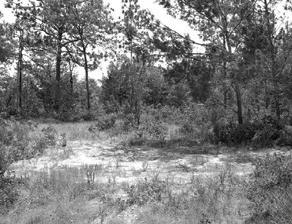


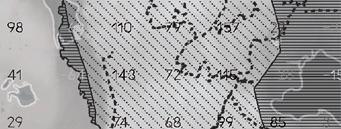








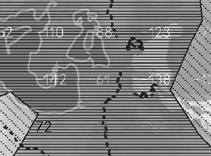







































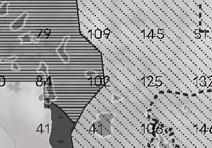




















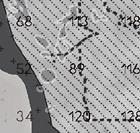
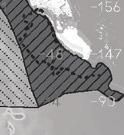


















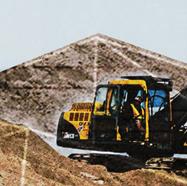

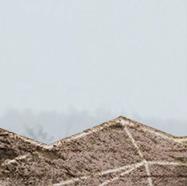

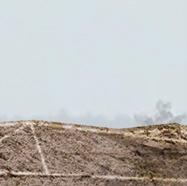





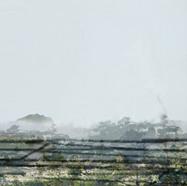
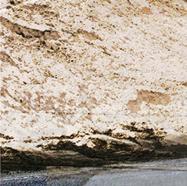
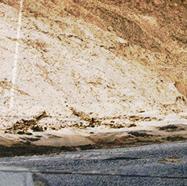





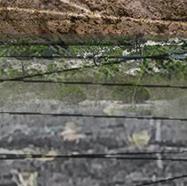


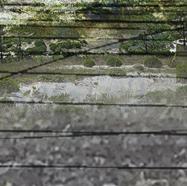











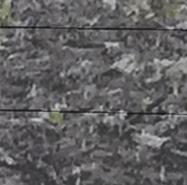

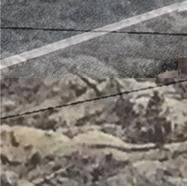









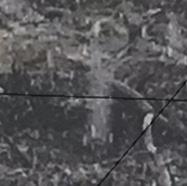

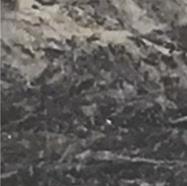



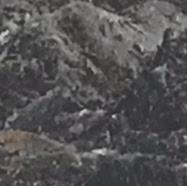

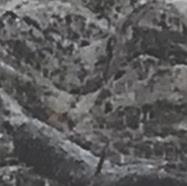


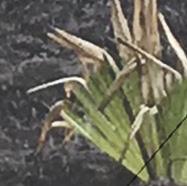

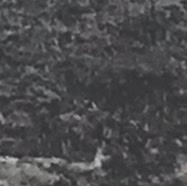

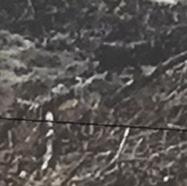

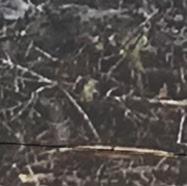







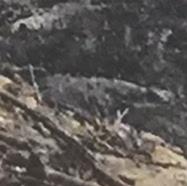
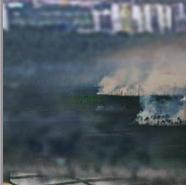



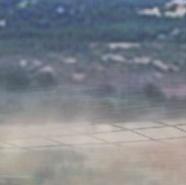




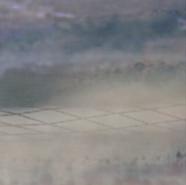


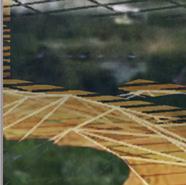
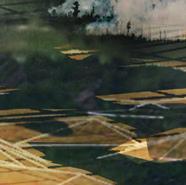
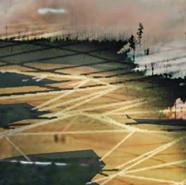






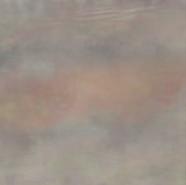





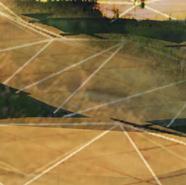






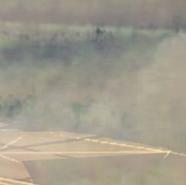
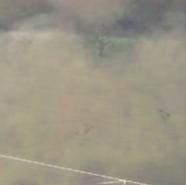

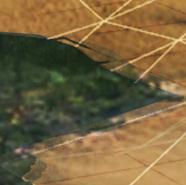

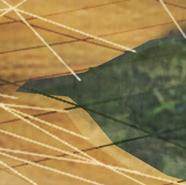

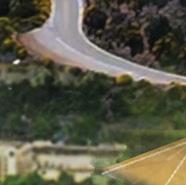








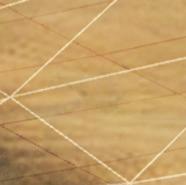
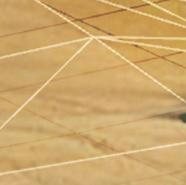




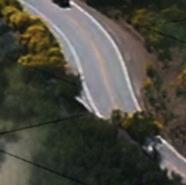






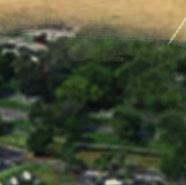
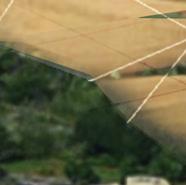







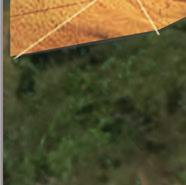

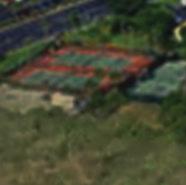

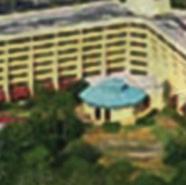


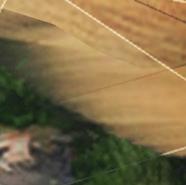










































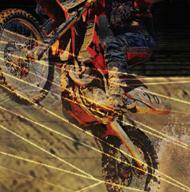

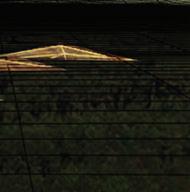

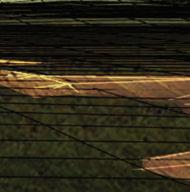

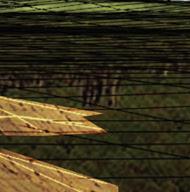

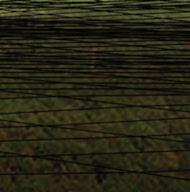
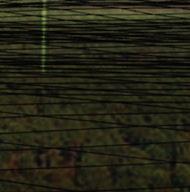
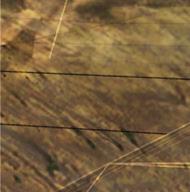



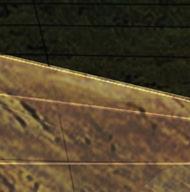




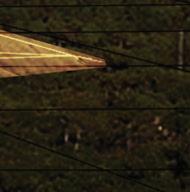










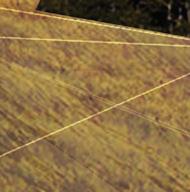
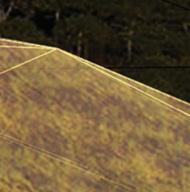


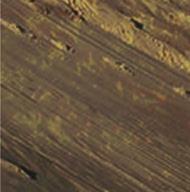




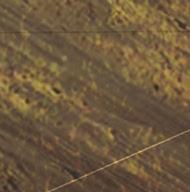

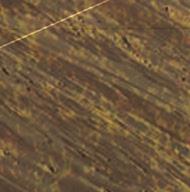
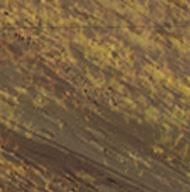
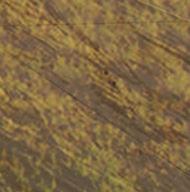




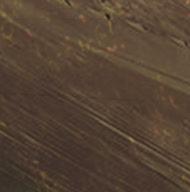



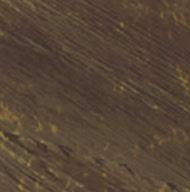




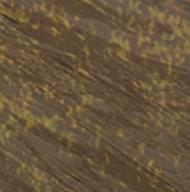









PARTNERS | Kati Grostefon
We adopted infrastructural techniques being currently used today in our project such as the wyssen tower, gazex exploder, and howitzer 150mm. This equipment is utilized to passively create mutations in the landscape that begin to spatialize areas for further intervention and. A series of robust, exaggerated berms tread down the mountainside manifesting micro climatic conditions along the way and ultimately provides protection for Little Cottonwood Canyon from avalanche occurrences. Local fauna serve as agents as they translate from habitat to the next, further sustaining the ecology of the landscape.
[DESIGN ANALYSIS]
Elevations at various scales are evaluated further determining which infrastructures could be used and where. The Avalanche zones are highlighted as well. Looking at zones of the public, ski lifts and trail heads as well as the roads running through the mountains and routes are studied to have better knowledge and understanding spatially, in relation to avalanche occurrences.
[DESIGN INTENT]
To mitigate the landscape using unique landscape intervention of techniques to protect Little Cottonwood Canyon and provide micro-climates and micro-habitats for the fauna (elk, goat).

The ideaology behind the passive intervention here is to retain the build up patches of snowpack. This sets up parameters for potential trails and paths during warmer months of the year where there is less snow
Forms of edging unfold from the retaining, vertical wall







































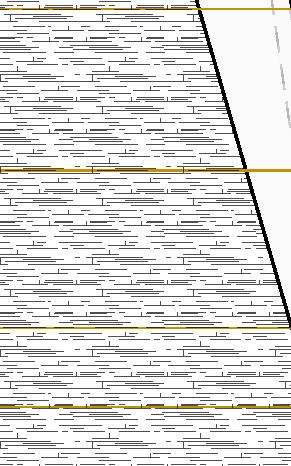




















Knoxville College is home to an HBCU that once was an active, functional institution. Today, current conditions the college has digress into a state of disrepair as a by-product of this financial flux. Furthermore, this presents a political stance in the lack of cultivation of black culture and lack of general landscape remediation as well that helps frame my “why” do anything to this site. I sought to reanimate the landscape through a series of ambiguous interventions of cultural and historic overlaps with the site. My project is aimed to promote low-intensity outdoor recreational use, ecological reclamation processes and captured moments of historic relevance. The overall reanimation follows a master-planning narrative of the landscape and is structured to gradually change with time allowing for a new landscape to continuously emerge.
[DESIGN ANALYSIS]
Majority of the buildings occupying the site are in a state of disrepair and collectively help make up a dross landscape. There is historical footprint on the site being the Freedman Cemetery, which contains former slaves. Networks of existing paths that transect the site and lead you to different point within the site.
[DESIGN INTENT]
Reclaim the land that once was and curate and sustain its historical importance. Another goal was to create a social equity about the place that brings the community and life back to the site.










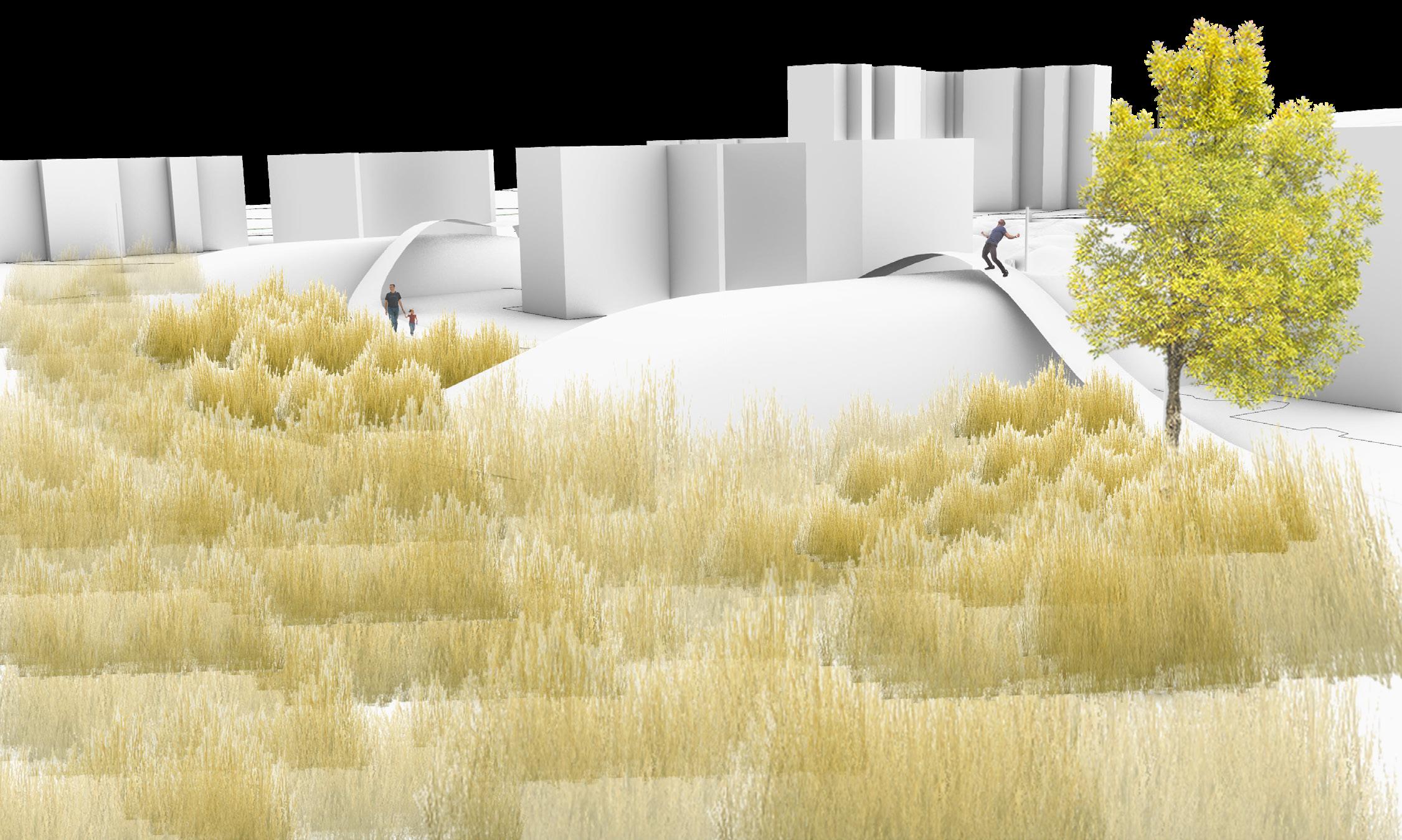


























There is a deep history that was removed from the site to generate productive and efficient outputs for surrounding communities with a high level of mystery tied into it. Regenerative qualities have also manifested atop of Raccoon Mountain that reinforce the importance of restoring the ecological value at this location. TVA has excavated a considerable amount of topography decapping the mountain to a somewhat undervalued state of conditions where numerous exploitations have been revealed. After undergoing this seemingly contemptuous transformation (in regard to species interrelations), the effects seemed to call for necessitated enhancements of the regenerative conditions that are already present at Raccoon Mountain. A series of interventions are proposed to help revive the site and enhance it’s unique qualities.
[DESIGN ANALYSIS]

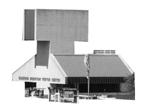
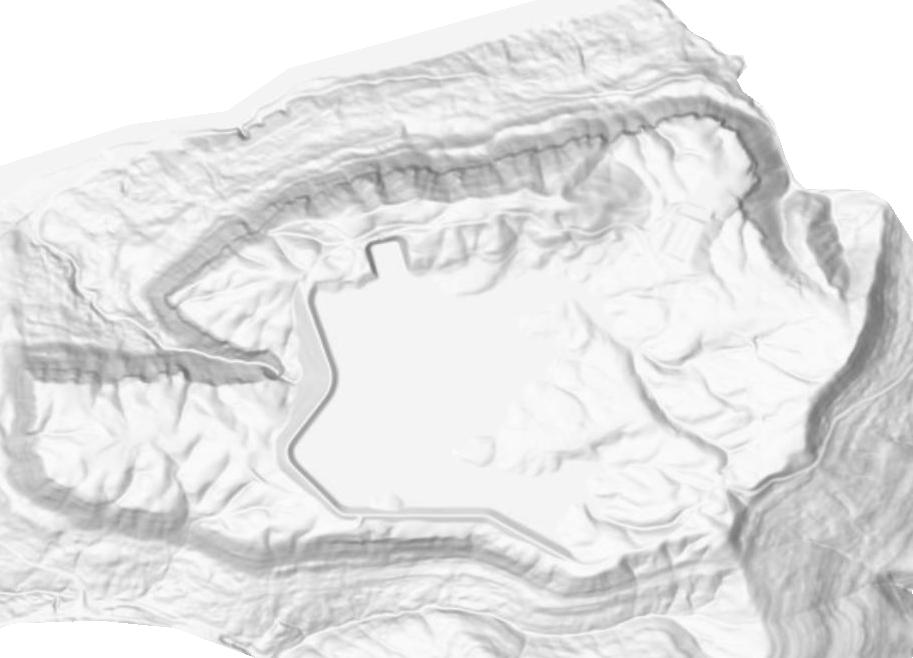
The reservoir runs dry of social interaction and has very interesting ecological nuances for the reservoir experiences different water levels overtime which exposes some of the beneficial factors of the landscape such as the resiliency of the native plants.
[DESIGN INTENT]
To revive the social aspect of Raccoon Mountain and enhance the ecological factors of the landscape.



